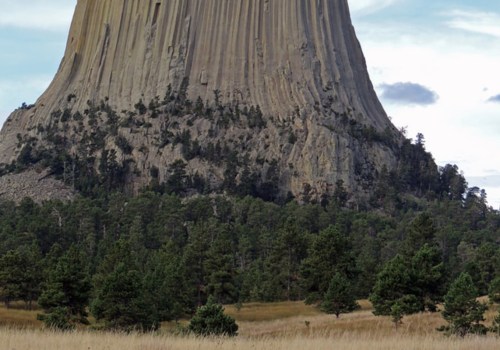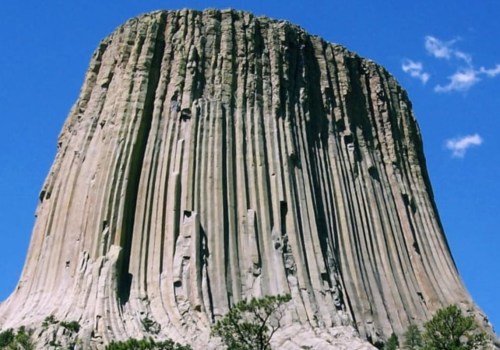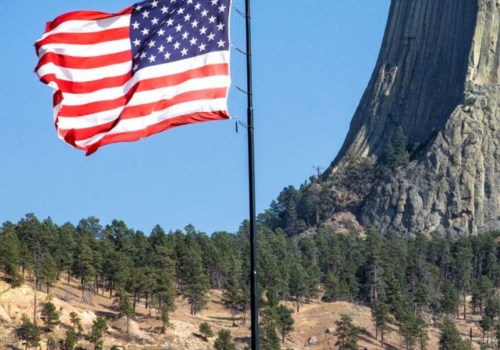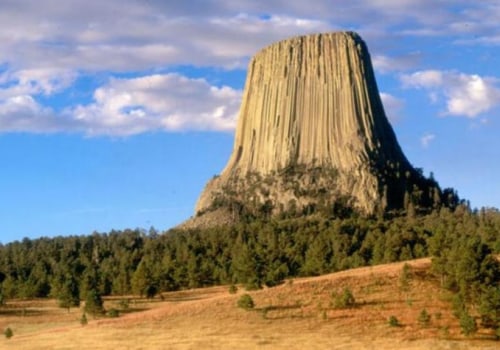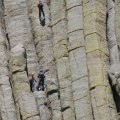The Devil's Tower is a sacred monument that rises 386 m (1,267 ft) above the Belle Fourche River and presents the largest example of a columnar junction in the world. It is a distinctive geological formation that is completely solid at the top and has symmetrical columns and large pieces around the base. It was formed by lava, but it is not a volcano. The theory of laccolite suggests that magma filled the inner surface, causing the rock to rise and later, the magma completely cooled and became an igneous rock.
It was proclaimed by President Theodore Roosevelt as the first official National Monument in the United States in 1906. The Devil's Tower has more than four football fields high from its base and is made up of hexagonal columns, but has a few or seven sides. Approximately more than 150 rock climbing routes have been established in the Devil's Tower. Trails are available for all types of hikers, with the shortest path being the Amphitheater Circuit, a 1.5-mile circuit that covers the steep walking area on the south side of the tower. Experts estimate that the formation of Devils Tower occurred approximately 50 million years ago, while the erosion took place between 5 and 10 million years ago.
The Devil's Tower is made up of columns that are the tallest at 600 feet and the widest of 10 to 20 feet in the world. It is 867 feet from base to top and normally found 1267 feet above the Belle Fourche River. It is 5112 feet above sea level. Native Americans living in North Dakota and South Dakota called the tower by different names, such as Ghost Mountain, Grey Horn Butte, and Mythic-Owl Mountain.
To this day, it is often the scene of ceremonial rituals, including dances in the sun, shelters for sweating, and offerings of prayers and artifacts. The American and German mountaineer Fritz Wiesner was the first person in history to freely climb the Devil's Tower in 1937. The Devil's Tower is popular with rock climbing enthusiasts, who use its many parallel crevices to reach the top. Tourists should know that they are likely to find small bundles and strips of cloth tied to tree branches when visiting. The Devil's Tower is composed of a rock called porphyry phonolite, which is like less shiny granite since it doesn't contain quartz.
In recent years, native tribes have requested to officially change the name from Devils Tower to Bear Lodge, as they consider the current nickname to be offensive. The American government recognized it by different names from “Aloft” to “Grizzly Lodge” long before its first name originated in 1875 on an expedition led by Colonel Richard when an interpreter misunderstood a native name that meant Tower of the Bad God. So, in no particular order, here's what makes Devils Tower unique and answers to some common questions about this strange and beautiful monument.
